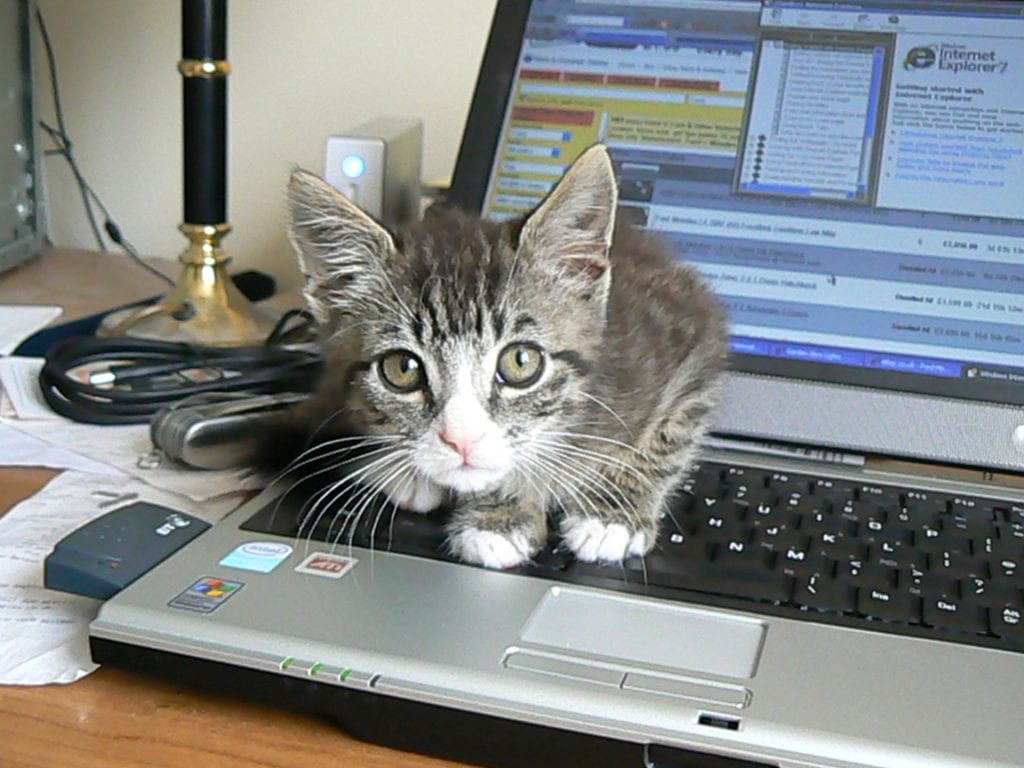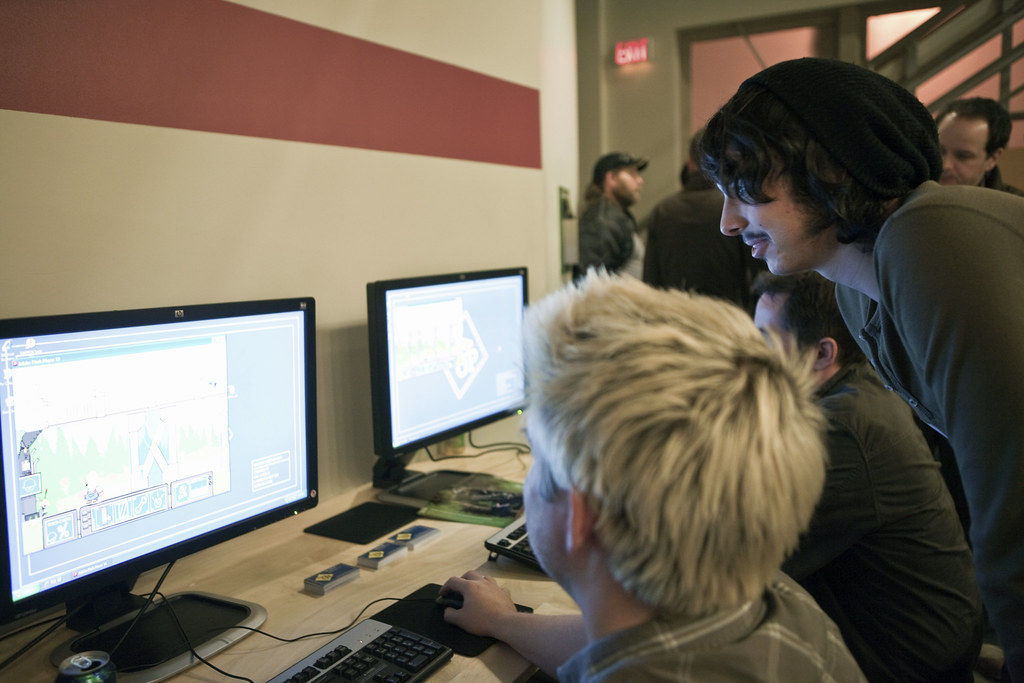| Formal Elements | |
| The Basics | |
| Name of the game | Genshin Impact |
| The platform | Android, IOS, Playstation, Windows |
| Time played (should be at least 30 minutes) | > 2 years |
| If you could work on this game (change it), what would you change and why? | Better reward system because currently it feels very hard to gain and level up items |
| Players | NOTES |
| How many players are supported? | 4 |
| Does it need to be an exact number? | yes |
| How does this affect play? | affects how much effort you put into the characters you play |
| Some types of player frameworks: Single Player – like Solitare. Head-to-head – 1 vs. 1, Chess. PvE – Player vs. Environment, or multiple players vs. the game. Common in MMOs like World of Warcraft. One against Many – Single-player vs. multiple (obvy). Free-for-all – Every man for himself (1 vs. 1 vs. 1 vs. 1..). Most common for multiplayer games, from Monopoly to Modern Warfare. Individuals Against the System – Like Blackjack, where the Dealer is playing against multiple players, but those players have no effect on each other. Team Competition – Multiple vs. multiple, i.e. sports. Predator-prey – Players form a circle and everyone’s goal is to attack the player on their left and defend themselves from the player on their right. Five-pointed Star – Eliminate both players who are not on either side of you. | player/multiple player against the game/environment |
| Objectives/Goals | NOTES |
| What are the players trying to do? | |
| Some common objectives include: Capture/Destroy – Eliminate all your opponents pieces (Chess). Territorial Acquisition – Control as much territory as you can, not necessarily harming other players (RISK). Collection – Collect a certain number of objects throughout the game (Pokemon). Solve – Solve a puzzle or crime (Clue). Chase/race/escape – Anything where you are running towards or away from something (playground game Tag). Spatial Alignment – Anything involving the positioning of elements (Tetris or Tic-Tac-Toe or that game at Cracker Barrel). Build – Advance your characters or build your resources to a certain point (The Sims). Negation of another goal – The game ends if you perform an act that is forbidden by the rules (Jenga or Twister). | A mix of collection, solve, and build |
| Rules/Mechanics | You gain characters in events or the gacha system and level them up and fight enemies while following the story quest |
| There are three categories of (what the book Rules of Play calls) operational rules: Setup – the things you do at the beginning of a game. Progression of Play – what happens during the game. Resolution – How an outcome is determined based on the game state. | you receive free starter characters and level them up. Then you progress in the story quest and complete missions. |
| Controls | NOTES |
| What controls are used? | vary for platform |
| Was there a clear introductory tutorial? | yes, throughout game |
| Were they easy to understand or did you find yourself spamming the controller? | fairly simple |
| Resources & Resource Management | NOTES |
| What kinds of resources do players control? | weapons and “artifacts” for characters |
| How are they maintained during play? | kept in inventory and can be leveled up |
| What is their role? | to make your character stronger |
| A resource is everything under the control of a single player. Could be the money in Monopoly or health in WoW. Other examples are: Territory in RISK The number of questions remaining in 20 Questions Objects picked up during videogames (guns, health packs, etc.) Time (game time, real-time, or both) Known information (like suspects in Clue) | objects picked up during video games and time |
| Game State | NOTES |
| How much information in the game state is visible to the player? | health, player layout, minimap, ability icons, quest tabs |
| A snapshot of the game at a single point is the game state. The resources you have, the un-owned properties in Monopoly, your opponent’s Archery skill all count towards the game state. Some example information structures are: Total Information – Nothing is hidden, like Chess. Info per player – Your hand of cards is only visible to you. One player has privileged info – Like a Dungeon Master. The game hides info from all players – Like Clue, where no one knows the victory condition. Fog of War – In video games, where certain sections of the map are concealed if you do not have a unit in sight range of that area. You also cannot see other players’ screens, so each player is unaware of the other’s information. | mix of total information and info per player |
| Sequencing | NOTES |
| In what order do players take their actions? | vary for team composition |
| How does play flow from one action to another? | vary for team composition |
| Some structures include: Turn-based – Standard board game technique. Turn-based with simultaneous play – where everyone takes their turn at the same time (like writing something down or putting a card down in War). Real-time – Actions happen as fast as players can make them. Action-based video games. Turn-based and time limits – You have this long to take your turn. | real-time |
| Player Interaction | players can interact with crafting systems, food stations, npc characters, some buildings, and hidden puzzles in game |
| Some examples: Direct Conflict – I attack you. Negotiation – If you support me here, I’ll help you there. Trading – I’ll give you this for that. Information Sharing – If you go there, I’m warning you, a trap will go off. | mix of negotiation and information sharing (very team based game) |
| Theme & Narrative | NOTES |
| Does it have an actual story structure? | yes |
| Is it based on a historical event (or similar)? | no |
| Does the theme or narrative help you know how to play? | yes |
| Does it have emotional impacts? | yes |
| Also, look for en media res (does it start in the middle of the game)? | no |
| The Elements in Motion | NOTES |
| How do the different elements interact? | you fight enemies and receive materials and rewards |
| What is the gameplay like? | the main game play is based around the story and can be intense at times |
| Is it effective? | yes |
| Are there any points where the design choices break down? | no |
| Design Critique | NOTES |
| Why did the designer make these particular choices? | to make the game flow together |
| Why this set of resources? | This set of resources goes really well together |
| What if they made different decisions? | it wouldn’t give the same effect the game has now |
| Does the design break down at any point? | no |
| Graphics & Sound | NOTES |
| Does the game art pair well with the mechanics? | yes |
| Did you find any bugs or glitches? | no |
| What about sound? | sound design is very special to the game |
| Can you spot any technical shortcuts? | no |
| Various Stages of the Game | NOTES |
| To wrap up, some things to keep in mind (as if there aren’t enough already) as you play: | make sure you’re reading about your characters stats and leveling them up as you go |
| What challenges do you face, and how do you overcome them? | |
| Is the game fair? | The game can be fairly difficult at times and tutorials on YouTube can help, but its overall not too hard once you get the hang of the gameplay |
| Is it replayable? Are there multiple paths to victory or optional rules that can change the experience? | no |
| What is the intended audience? | people who enjoy a little mix of exploring and battle type games |
| What is the core, the one thing you do over and over, and is it fun? | farm enemies and domains to level up characters |


